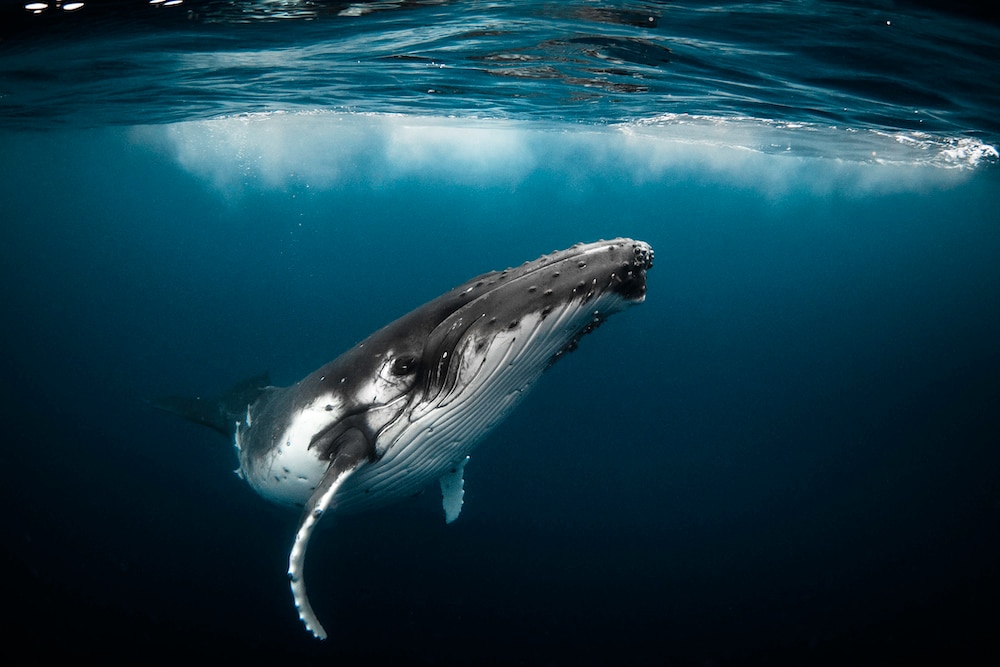Create a free profile to get unlimited access to exclusive videos, sweepstakes, and more!
Now we know why whales don't get brain damage while diving
Here's what whales do when the pressure is rising.

Big Miracle was a 2012 drama starring John Krasinski and Drew Barrymore, based on the real-life events of Operation Breakthrough, an international effort to save a group of gray whales who were trapped in the Alaskan ice. The movie, and the events that inspired it, put a spotlight on the altruistic ways in which humans are capable of interacting with whales to literally save lives. Luckily, most of the time whales don’t need our help. Over millions of years of evolution, whales have succeeded in shirking off the land and thriving in the water.
While the largest whales don’t have many natural predators — save for orcas, which aren’t afraid of anything — they are still under the thumb of physics, namely the incredibly intense pressures at the depths in which they swim. Recently, scientists may have solved a mystery of whale biology and determined how they manage to swim at great depths for hours at a time without suffering brain damage. The results of the study were published in the journal Science.
Scientists have long wondered at the complex web of arteries and veins surrounding the brains and spines of whales. It’s called the retia mirabilia, or wonderful net, and now we might have figured out what it does.
When land mammals exert themselves through running, hunting, or fighting for their lives, they experience spikes in blood pressure in the brain called pulses. As a result, the pressure in the arteries might become drastically different from that in the veins and that pressure differential can cause damage in the brain. It’s believed that these pressure changes in humans can even lead to dementia. Given how much running around mammals do, we should expect a whole lot more of them to suffer brain damage, but they don’t. That’s because land mammals have adapted to regulate the pressure pulses through breathing. For reasons we hope are obvious, that’s not an option for whales.
Imagine running around your neighborhood for hours at a time, all while holding your breath. The pressure pulses are there, but the ability to regulate them through breathing isn’t. So, whales had to come up with another solution, and that’s where the retia mirabilia come in.
The new research proposes that these specialized blood vessels in the brain adapted as a novel method of controlling pressure pulses while whales dive. It’s believed they do this through what’s known as a pulse transfer mechanism. Instead of relieving the overall pressure, the retia disperse the pressure from the arteries, through their complex web, and into the veins.
Scientists tested their hypothesis with models based on the retia morphology of 11 different whale species. In each case, they found the structure was sufficient to protect the brain from pressure pulses 97% of the time. That lingering 3% could represent some other structure or process we haven’t yet identified, or it could be a modeling anomaly.
It’s about as confident as we can be with the data we have, without operating on living whales. That’s something scientists said they’re not interested in doing for moral and ethical reasons, according to a press release from the University of British Columbia.
That doesn’t mean the quest for knowledge is ended. The team is now interested in exploring how the thorax regulates water pressure on the lungs when diving. We hope when they figure it out, it’s just as cool as a specially evolved pressure suit surrounding the brain.


























